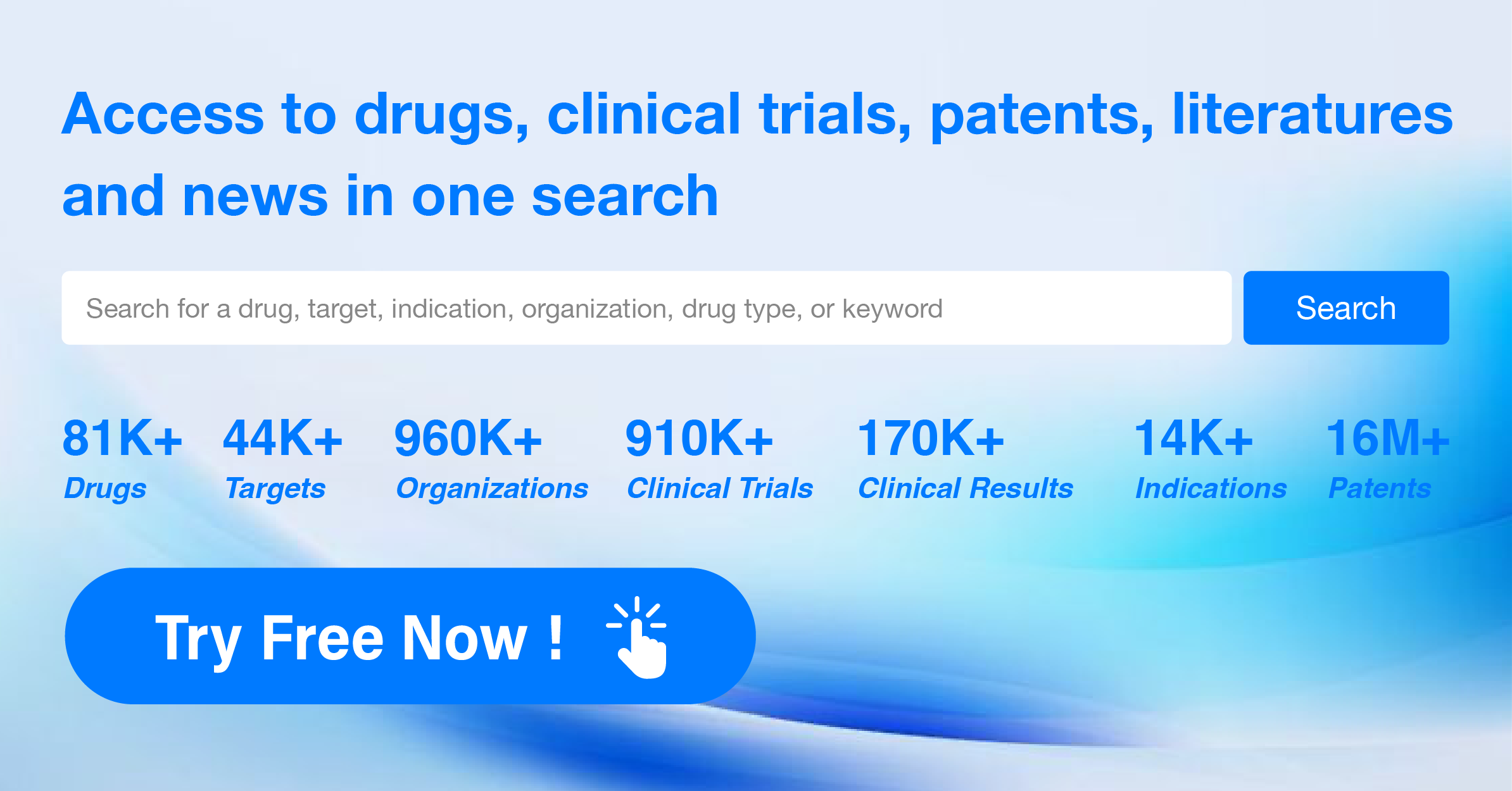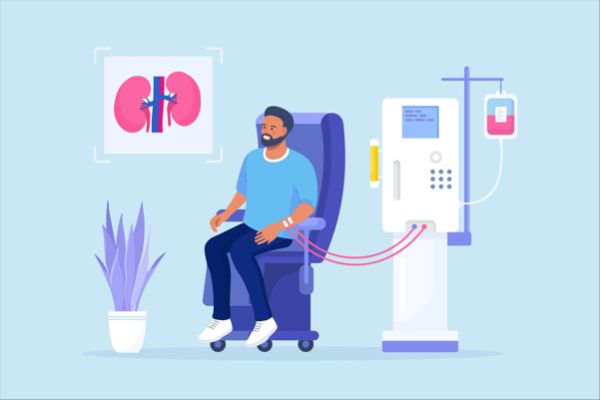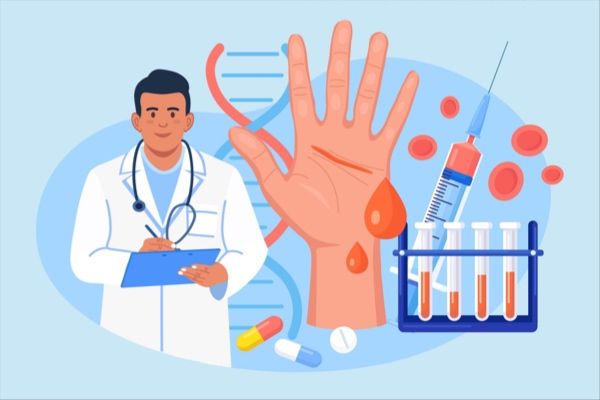What is Drug Safety Evaluation?
Drug safety evaluation is the process of assessing the safety profile of a pharmaceutical compound throughout its development, from preclinical stages to post-marketing surveillance. This process is critical for identifying, characterizing, and mitigating potential risks associated with the use of a drug.
Key aspects of drug safety evaluation include:
·Preclinical Testing: Before a drug is tested in humans, it undergoes extensive in vitro and in vivo testing to evaluate its safety in animals and to understand its potential toxic effects.
·Clinical Trials: During the clinical trial phases, the drug is tested in human volunteers and patients to identify any adverse reactions, side effects, or safety concerns. These trials are conducted in multiple phases, with each phase involving a larger number of participants and focusing on different aspects of safety and efficacy.
·Pharmacovigilance: After a drug is marketed, pharmacovigilance is the practice of monitoring the safety of medications by collecting, analyzing, and interpreting data on adverse drug reactions and other safety concerns.
·Risk Management: This involves developing strategies to minimize risks and ensure that the benefits of the drug outweigh its potential risks. This may include providing educational materials, modifying the drug's labeling, or implementing restrictions on its use.
·Regulatory Oversight: Regulatory agencies, such as the U.S. Food and Drug Administration (FDA) or the European Medicines Agency (EMA), review the safety data from preclinical and clinical trials before approving a drug for marketing. They also continue to monitor safety after approval.
·Post-Marketing Surveillance: After a drug is released to the market, ongoing surveillance is conducted to detect any previously unrecognized adverse effects, especially long-term effects or rare events.
·Reporting Systems: Healthcare professionals and patients are encouraged to report any adverse drug reactions through established reporting systems, which help in the early detection of safety issues.
·Benefit-Risk Assessment: A critical component of drug safety evaluation is the ongoing assessment of the benefit-risk balance, ensuring that the therapeutic benefits of a drug justify any potential risks.
Drug safety evaluation is a continuous and dynamic process that aims to protect the health of patients and ensure that medications on the market are as safe as possible. It is a collaborative effort involving researchers, clinicians, regulatory authorities, and the pharmaceutical industry.




